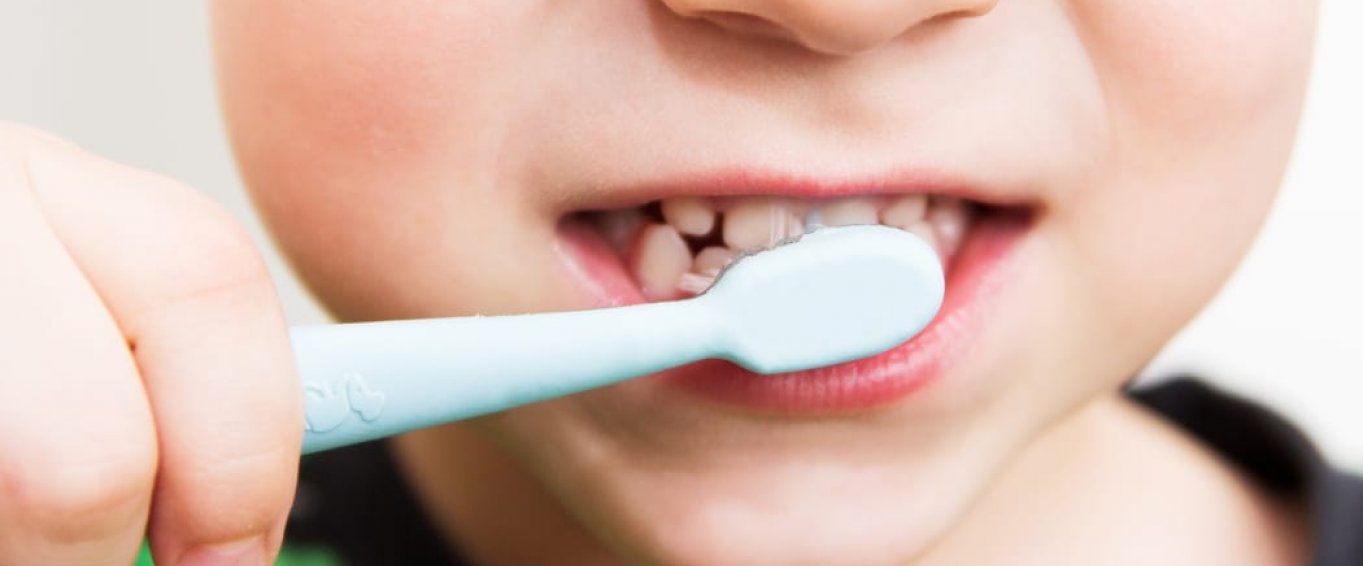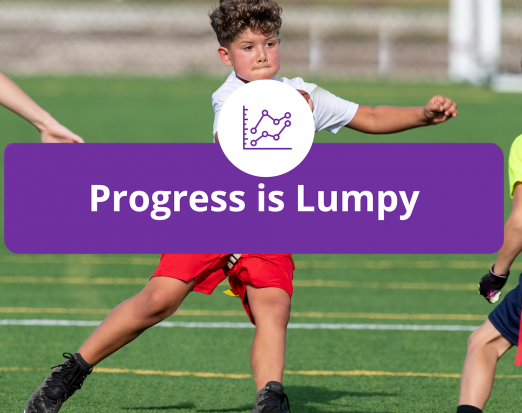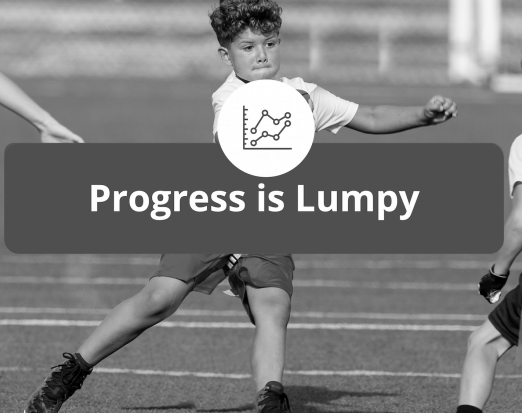Teaching Teeth - 5 Ways to Get Pupils Excited about Brushing

In recent weeks, dental surgeons and oral health charities have advised drastic changes to the way dental health is taught in schools. After a nationwide study revealed a quarter of five year olds have tooth decay, they're urging policymakers to take a tougher stance on dental education from primary age and upwards.
Click here to get NHS approved tips on delivering a supervised toothbrushing lesson.
While there's debate about whether schools have any responsibility for teaching dental care, there's no doubt curriculum activities can have an impact on the way children understand teeth. Yet, figuring out how to deliver clear brushing and flossing messages isn't always easy. What is the best way to teach a healthy habit that, ordinarily, doesn't belong in school?
Here are five tooth themed activities you can use to promote good dental health in your classroom:
1. Fizzy, Fuzzy Egg Shells
What You Need: hard boiled eggs, clear plastic beakers, jugs, liquids (water, fizzy pop, milk, vinegar, orange juice, etc).
How to Play: Divide pupils into small groups of three or four. Give each group two hard boiled eggs and two clear beakers. Instruct them to fill one beaker with water and the other with fizzy pop. They should place an egg in each of the beakers.
The beakers must then be left overnight. When pupils return the next day, ask them to inspect both eggs and report their findings. The egg left in the fizzy pop will feel softer and more breakable because the sugar has weakened its surface. For an even more impactful lesson, try the test again with milk and vinegar or orange cordial and fizzy lemonade.
What It Teaches: This classic activity is a tactile way to demonstrate the erosive power of sugary drinks on teeth. It makes a largely unseen consequence (enamel erosion) visible in a dramatic manner. Make sure your pupils are aware of how similar their tooth enamel is to the smooth, rigid eggshell.
2. Tooth Or Consequences
What You Need: dice, counters, construction paper, pens, felt tips, crayons, craft supplies (optional)
How to Play: In groups of four or five, instruct pupils to create a board game about dental health. It must have a Start, an End and a series of Question spots or spaces in between. It's for the teacher to decide how much creative freedom to give children. For example, they could write their questions on the board or create question cards.
If you've got time, turn this activity into a longer project and ask pupils to decorate their game boards with crayons, felt tip pens and other craft supplies. Encourage broad ranging questions on toothbrushing, dentists, the impact of foods on teeth, the tooth fairy and any other topic they think is related. When finished, each group swaps their board game for one they haven't created.
What It Teaches: It's an engaging way to get pupils talking about teeth and dental health. The important thing is not that they know all the answers, but that they know which aspects of dental health and tooth care are important enough to include. Teachers can use the lesson to gauge how much pupils know, where their knowledge is lacking and how confident they are with care routines.
3. Sad Tooth, Happy Tooth
What You Need: Construction paper, old magazines, safety scissors, glue sticks
How to Play: Individually or in pairs, ask pupils to cut two large tooth shapes out of construction paper. Using old food magazines, they should leaf through the pages and find pictures of foods and drinks.
One tooth is the Happy Tooth and should be filled only with foods that are kind to teeth (carrots, apples, milk, water, etc.) The other is the Sad Tooth and should be filled with images of foods and drinks that are unkind to teeth (fizzy pop, sweets, doughnuts, etc.) When these collages are finished, pupils can take them home and stick them to their fridge.
What It Teaches: This is a fun and creative way to test pupils' awareness of added sugars and their ability to identify foods which cause harm to teeth. It's also a good opportunity to link the consequences of poor diet (sugary foods) to the solution of consistent brushing and/or flossing.
4. Flossing for Fun
What You Need: plastic egg cartons, old toothbrushes, yarn, liquids (optional)
How to Play: Give each pupil a toothbrush. In pairs, instruct the children to brush the surface of an egg carton as if its bumpy egg holders are teeth. Every child should have a go at brushing and practising their own techniques. Demonstrate flossing by using lengths of yarn to rub against and 'clean' the sides of the egg carton 'teeth.'
If you've got time, you may want to prep the cartons beforehand with sticky liquids like fizzy cola, lemonade, tea and coffee to create brushable stains. Explain why it's important to brush and/or floss our teeth every day to keep them strong and prevent cavities. Ensure students understand why cavities develop and how a good dental care routine is the solution.
What It Teaches: This activity is a simple, practical way to externalise brushing techniques. It enables children to visualise the shape of their own teeth and the type of brushing required for a thorough clean.
5. Sculpt-a-Tooth
What You Need: play dough, an apple (optional)
How to Play: Individually or in pairs, give pupils two portions of coloured play dough. Instruct them to create one model of a healthy tooth and one model of an unhealthy tooth with decay and/or cavities. Before starting, use the whiteboard to show relevant (and age appropriate) images of healthy and unhealthy teeth.
One way to powerfully demonstrate the difference between a healthy tooth and a tooth with a cavity is to poke a hole in an apple. After a day or two, ask the children to inspect the damaged apple and report on their findings. How is the damaged apple different? Why? What similar things might happen to a damaged tooth? Pass the damaged apple around while children are modeling.
What It Teaches: The activity encourages children to consider the shape of their teeth and how this might help them to chew and bite their food. It's also an impactful way to demonstrate what happens when the soft inside of a tooth is no longer protected by a hard exterior.





